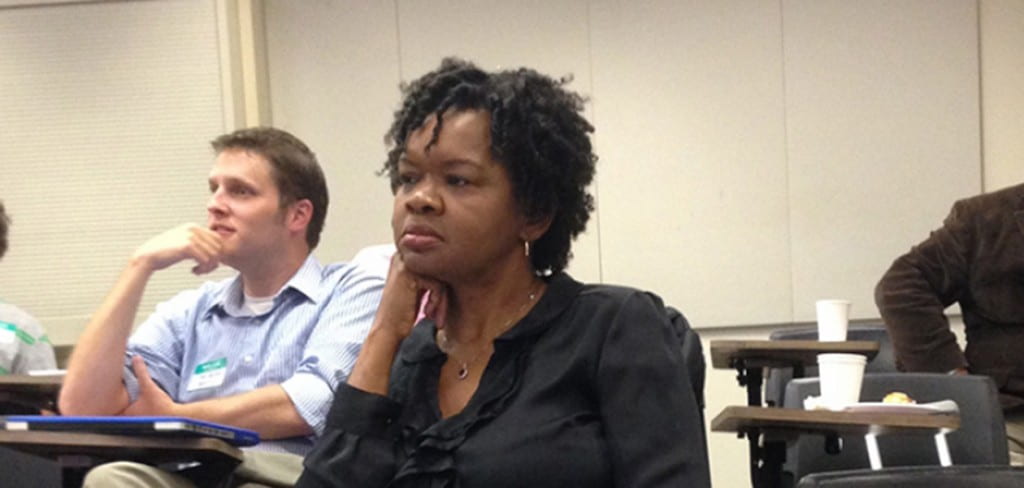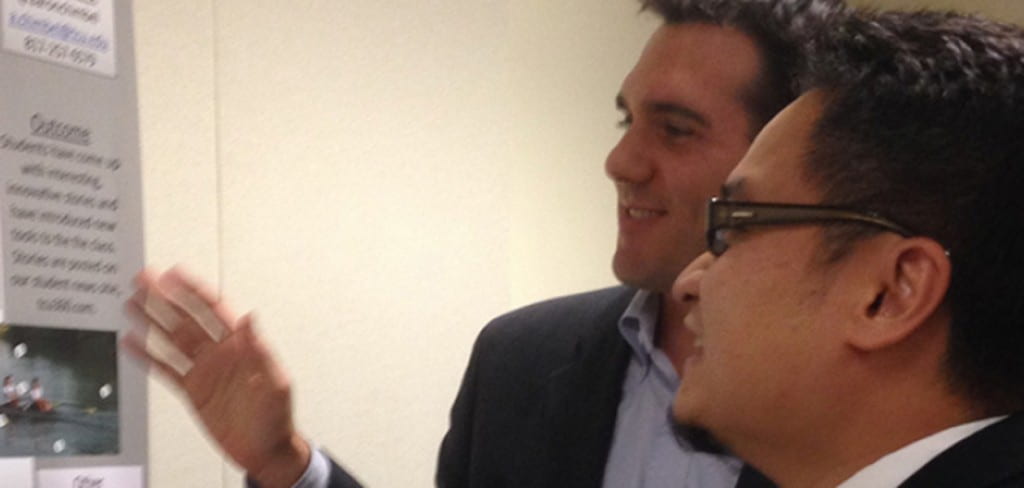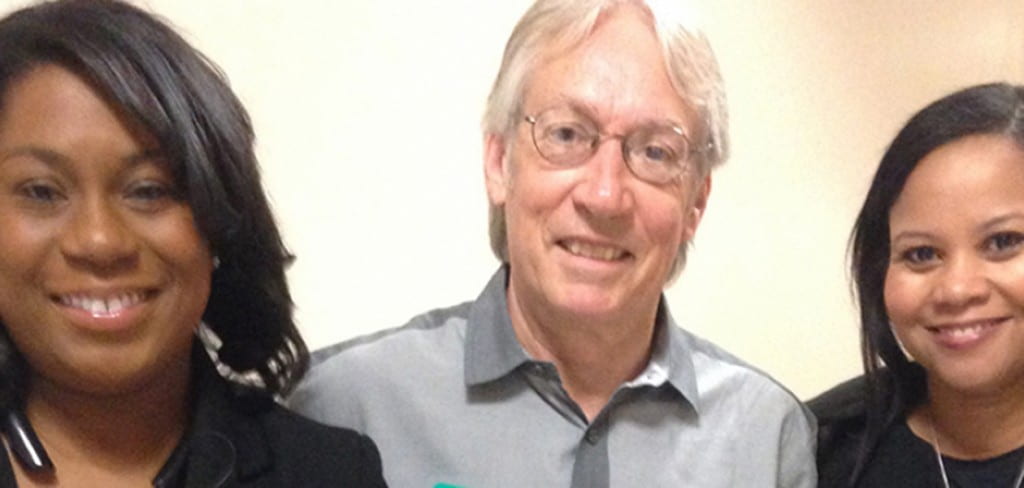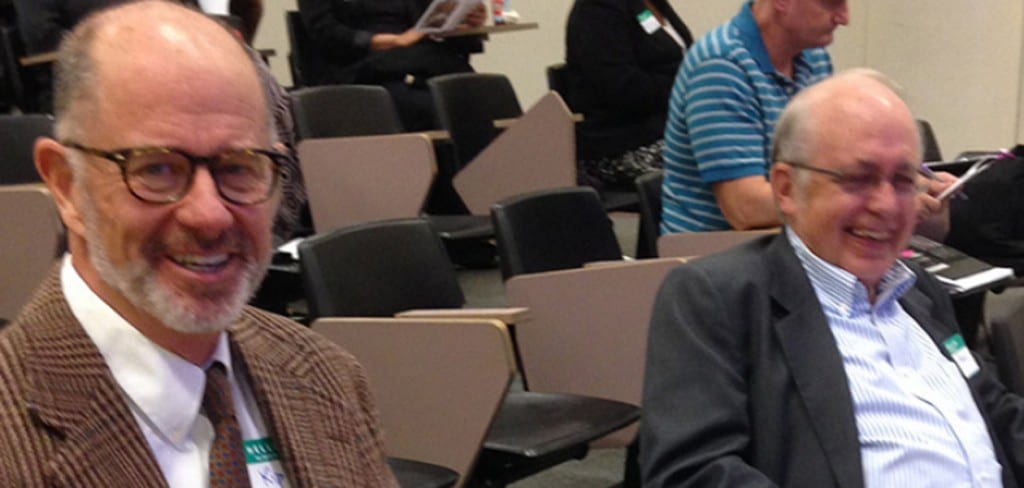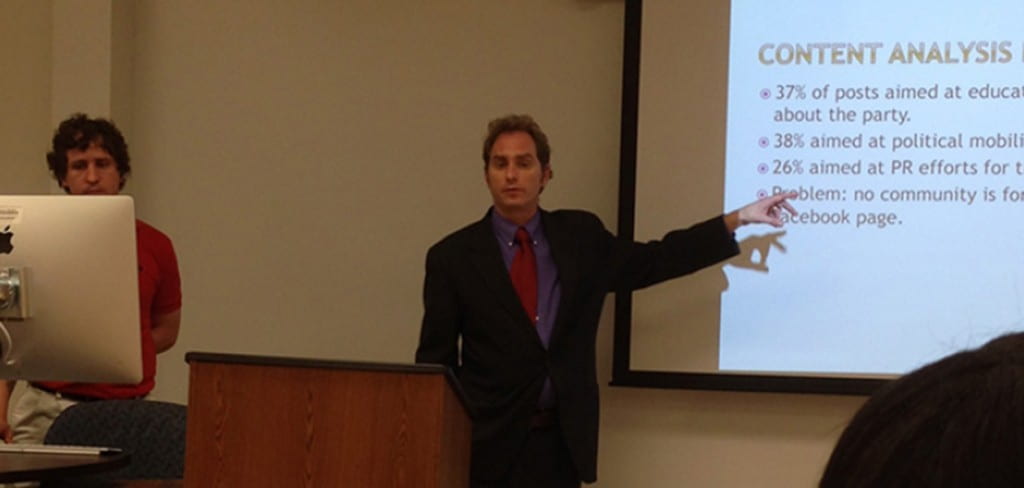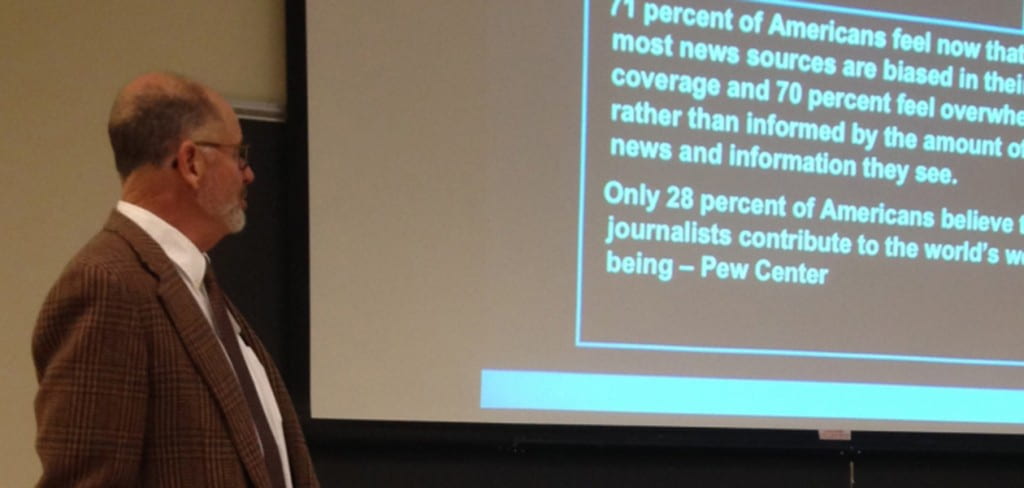Does a More Diverse Newspaper Staff Reflect Its Community? A Print and Digital Content Analysis of The Dallas Morning News
by Tracy Everbach, Jake Batsell, Sara Champlin & Gwendelyn S. Nisbett
University of North Texas
Southern Methodist University
Abstract: This qualitative analysis of print and digital content in The Dallas Morning News examines racial, ethnic, and gender diversity in a regional newspaper’s coverage after it made a commitment to diversify staff. It also serves as an example of collaboration between scholars and a professional news organization. Using a constructed week from fall 2017, the study employs a qualitative approach to research bylines, text sources, and visual subjects in the newspaper’s print and digital editions. Results show that content on both platforms did not match the diversity of the surrounding community, which is 40% Latinx. People of color and women are symbolically annihilated through the coverage, which results in stereotypical framing of these groups. The authors presented the study’s findings to the newspaper’s senior leadership team, offering recommendations to increase diversity of staff, sources, and subjects of news coverage to provide fairer coverage and better represent the surrounding community.
Click here to download the full text
Journalists and the Red-State Voter: Perceptions of Journalism Credibility at a Statewide Level in the U.S. and the Trump Effect
by Raymond McCaffrey, Bobbie J. Foster, Michael Duffy Jr., & Janine A. Parry
University of Arkansas
Abstract: This study examined the perception of journalism ethics by residents in a red state. A 2016 poll found that only 15% rated the honesty and ethical standards of journalists as high or very high, about 12 percentage points below the all-time low findings of a national Gallup poll. Chi square tests revealed statistically significant associations between those ratings and political party, with Republicans grading journalists much lower than Democrats, especially if they supported Donald Trump.
Click here to download the full text
Streets and Statues in Black and White: Deconstructing America’s Racial Reality in
National Geographic
by George L. Daniels, Gabriel B. Tait, Lillie M. Fears
University of Alabama
Ball State University
Arkansas State University
Abstract: In March 2018, National Geographic admitted for the first time in its 130-year history that “for decades our coverage was racist. To rise above our past, we must acknowledge it.” In acknowledging that past, it offered a special issue focused on race, which kicked off its yearlong series of reporting, “Diversity in America.” This paper offers a textual analysis of two articles that appeared in the April 2018 edition. One article focused on the rising anxiety of White America, apparent in the debate over confederate statues. The second article features streets named for Dr. Martin Luther King, Jr., an offering timed to coincide with the 50th anniversary of the civil right leader’s assassination.
Click here to download the full text
Socially Mediated Stranger Things: Audience Cultures and Full-Season Releases
by Samantha Pouls & Dawn Gilpin
Arizona State University
Abstract: Research on social television has primarily emerged based upon regularly scheduled broadcasts that fans could discuss more or less simultaneously in real time over the course of emergent narratives. The advent of full- season releases on streaming services has disrupted those patterns and prompts a re-examination of audience behaviors and the theoretical models that seek to describe and explain them. The present article proposes an “atomized engagement model” as an alternative to the linear model of social television for today’s nonlinear television environment.
Click here to download the full text
PR Writing: Helping Students Launch their Careers with a Professional, Relevant Writing Portfolio
by Michelle Baum
Metropolitan State University of Denver
Abstract: Grammatically correct content seems like a lost art form. Layer in persuasion techniques, consideration for the target audience, and understanding of the primary artifacts generated by public relations professionals and writing falters even more. This PR Writing course teaches students how to develop the content that supports a typical PR campaign while also honing AP Style, grammar, and concise writing techniques. Rooted in the belief that writing proficiency comes with practice, students leverage instructor feedback, peer reviews, and self- critiques to develop inventive portfolios that demonstrate strategic thinking and creativity, and professional writing to help them launch their PR careers. This paper details the structure of my course and offers PR instructors ideas for how to incorporate advanced PR concepts, a social media component, and some of the soft skills employers seek to help students standout in a highly competitive job market.
Click here to download the full text
Number One in the Hood, G:’ How Hip Hop Helped Adult Swim Get to the Top
by Jared Bahir Browsh
University of Colorado, Boulder
Abstract: This paper examines the intersection of race, Hip-Hop Culture, and animation on Adult Swim and its programs while also comparing general trends in animated content surrounding the network’s debut and subsequent success. Animation has largely been produced by white creators featuring white characters aimed mainly at a white audience. Adult Swim has expanded animation beyond the white family sitcom so often seen in popular adult animated television programs to feature groups, styles, and ideas not often seen in television, either in animation or live- action programming. Hip Hop has been hugely influential on American culture, and by exploring its impact on race in animation and the success of the network among the highly valuable 18-49 demographic, the paper aims to contribute to research concerning racial and cultural representations in the United States.
Click here to download the full text
Credibility and Attributes of Parasocial Relationships With Alex Jones
by T. Phillip Madison, Emily N. Covington, Kaitlyn Wright, and Timothy Gaspard
University of Louisiana at Lafayette
Abstract: This study examines parasocial relationships (PSRs), perceived credibility Infowars host Alex Jones, and viewing frequency. Through our sample of Amazon Mechanical Turk (MTurk) users (N = 584), we explored which attributes of PSRs are related to perceived credibility of Alex Jones and viewing propensity. Variety in PSR imaginative sequences predicts perceived credibility, and valence predicts viewing. Demographics, particularly age, education, and help predict the influence of these particular attributes of PSR on viewing, while race (and education to some extent) influences how valence, variety, and specificity predict perceived credibility. This research highlights the value of parasocial research as scholars navigate our media landscape.
Click here to download the full text
It’s About More Than Money:
Adviser Qualifications, Racial Makeup of Staff and School Location Predict Scholastic Media Success
by Bradley Wilson, Ph.D.
Midwestern State University
Abstract: Respondents in a 2017 Gallup poll said they have little confidence in the public schools today with only 36 percent having a “great deal” or “quite a lot” of confidence in the schools. While the rising tide of mediocrity so often mentioned in educational research pushes for more funding— smaller class sizes and higher teacher salaries, this research and that of others shows money may not be the leading factor in success in a scholastic media environment. When 310 of the most successful scholastic broadcast, yearbook, newspaper and online programs were examined, the qualifications of the teachers, the location of the school and the racial diversity of the school were more likely to predict success than per pupil revenues or low student/teacher ratios.
Click here to download the full text

